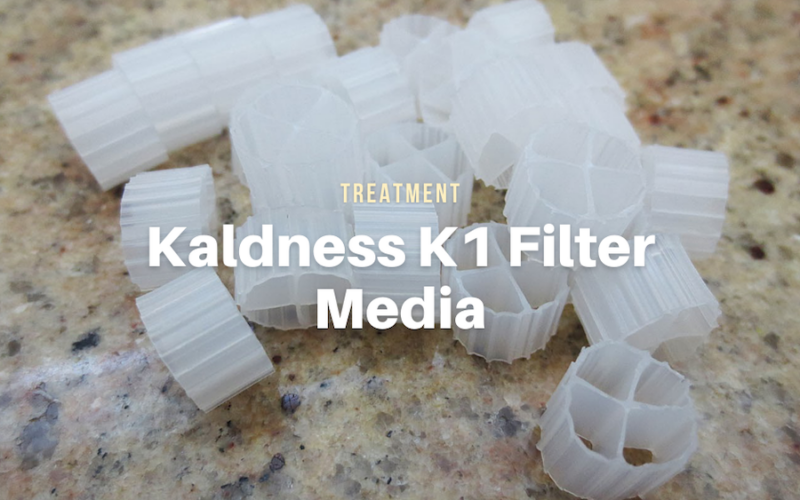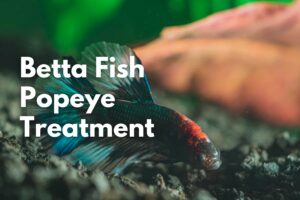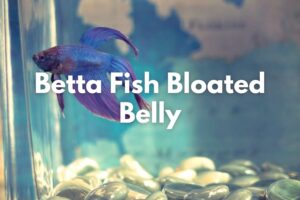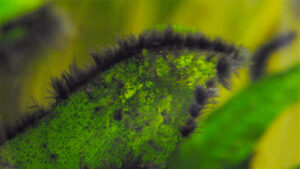K1 media filters or also known as Kaldness media are not uncommon among aquarists. The small pellets work effectively to remove harmful ammonia from the water, providing a healthy environment for the inhabitants.
Compared to traditional ceramic media that are also popular in aquarium keeping, K1 media are superior in many ways. For instance, it is significantly lightweight because the density is just slightly lower than water.
Are you new to aquarium keeping and you need to get to know more about this media filter? We’ve put everything you need to know about Kaldness media here. Let’s check it out.
What’s K1 Kaldness Filter?
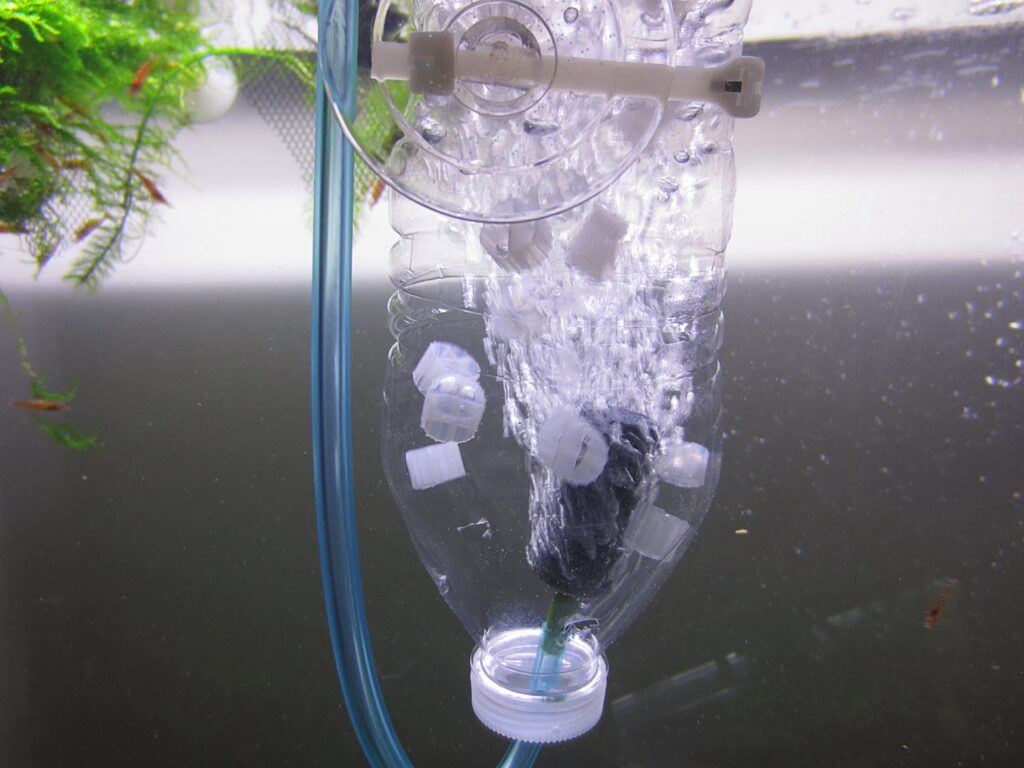
Kaldness K1 filter media is a small, wheel-shaped media made of polyethylene. Measuring 1 cm in diameter, the pellets are lightweight, allowing them to float easily in your filter. Kaldness media serve to trap impurities and promote the growth of bacteria.
These beneficial bacteria help convert toxic ammonia from fish waste and leftover food into harmless nitrate through the nitrification process. The buoyant pellets feature a protected surface area that helps with the development of bacteria.
K1 Kaldness media are designed to allow bacteria to colonize and at the same time prevent unwanted loss of bacteria caused by water movements. Thanks to the protected surface featured in the center of the wheel allow the biofilm to grow to resist collision.
When used in your filter, there’s a chaotic movement of these media. These movements allow self-cleaning, making it a maintenance-free media filter to provide you with aquarium-keeping convenience.
How Does It Work?
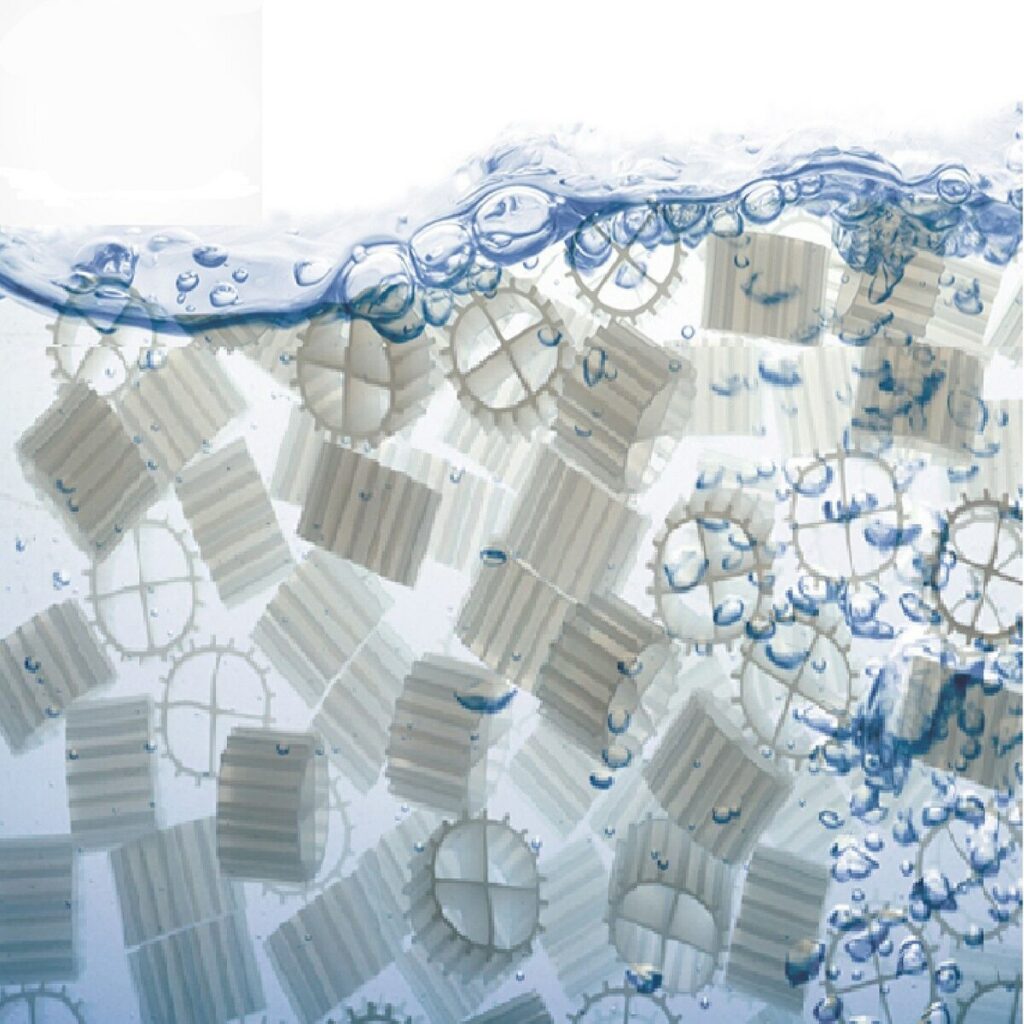
Kaldness helps build a sustainable ecosystem in your fish tank. It provides an ideal breeding place for good bacteria, supporting the natural nitrification process. Kaldness comes packed with a maximum surface area that allows bacteria to grow and form colonies.
Kaldness media are used in a reactor that provides agitation and aeration. As the water flows, these media move. This movement triggers nitrifying which helps break down ammonia into nitrate. It also allows Kaldness media to clean itself by sloughing off unnecessary biofilm.
This self-cleaning feature is among the superiorities offered by K1 Kaldness. With clean filter media, the nitrifying process can be optimized to its peak efficiency.
What Makes It Different?
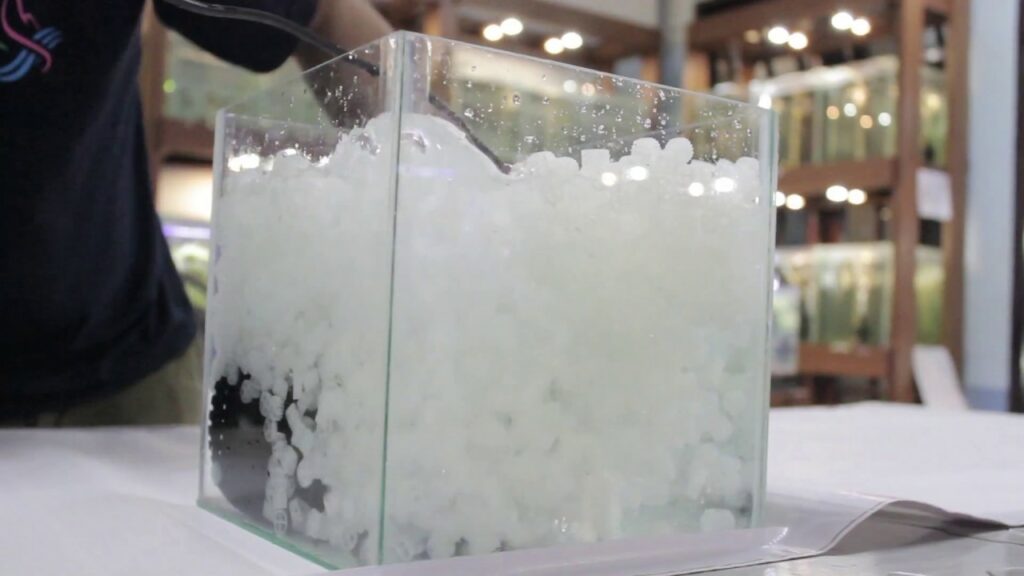
There are several aspects that make Kaldness K1 filter media preferred over other media types. We’ve compiled differences between K1 media filters and other types, particularly ceramic media.
1. Weight
Made of polyethylene, K1 media is completely lightweight. Its density is just a bit lower than water so it is buoyant. Ceramic media, on the other hand, is dense and heavy. It doesn’t have the ability to float so it doesn’t move in your filter.
2. Movement
With its lightweight characteristic, Kaldness K1 media can freely move once placed in a filter. Not only does it allow self-cleaning, but it also promotes an optimized nitrifying process. Its counterpart, ceramic media, won’t move so you can’t expect optimized nitrification.
3. Self-Cleaning Ability
Kaldness K1 media comes with self-cleaning feature, which means the small pellets can clean themselves through random movement. Meanwhile, ceramic media doesn’t have this ability so you have to clean them regularly for optimized result.
If you are looking for decent media for your filter, K1 media filter will do a great job. The plastic, wheel-shaped pellets bring nitrifying process in your aquarium to its peak.
